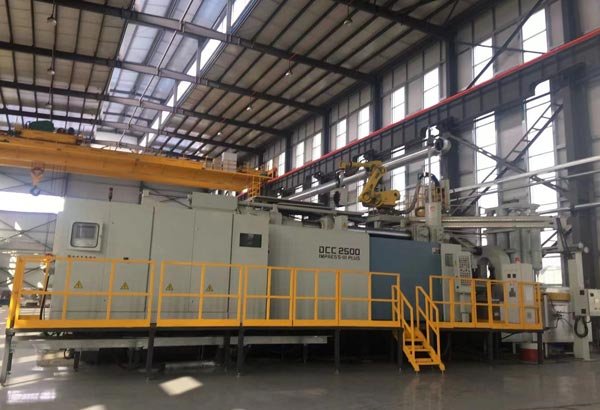Exploring the World of Die Casting Service
Exploring the World of Die Casting Service
Die casting is a versatile and widely-used manufacturing process that allows for the production of intricate metal parts with high precision and consistency. Whether you’re an engineer, designer, or just curious about how things are made, understanding the world of die casting service can be both fascinating and enlightening. In this article, we will delve into the basics of die casting, its applications, advantages, and the different types of die casting methods.
What is Die Casting?
Die casting is a metal casting process that involves forcing molten metal into a mold cavity under high pressure. Once the metal cools and solidifies, it takes the shape of the mold, resulting in a precise and detailed part or component. Die casting is commonly used for producing complex shapes with high tolerances, making it a popular choice in various industries.
The Die Casting Process
Die casting can be broken down into several key steps:
1. Mold Creation
The process starts with the creation of a mold, usually made of steel, in two halves – the stationary half (the “cover die”) and the moving half (the “ejector die”). These molds are designed to replicate the final part’s shape with high accuracy.
2. Melting the Metal
The chosen metal, often aluminum, zinc, or magnesium, is melted in a furnace at extremely high temperatures. This molten metal is then injected into the mold cavity.
3. Injection
The molten metal is forcefully injected into the mold cavity using a plunger or piston. The high pressure ensures that the metal fills all the intricate details of the mold.
4. Cooling and Solidification
After injection, the metal quickly cools and solidifies inside the mold. Cooling channels within the mold help regulate the temperature and ensure uniform cooling.
5. Ejection
Once the metal has solidified, the mold halves are separated, and the newly formed part is ejected. Any excess material, known as flash, is trimmed off.
6. Post-Processing
Depending on the specific requirements, the die-cast part may undergo additional processes like machining, surface finishing, or coating to achieve the desired final characteristics.
Advantages of Die Casting
Die casting offers several advantages, making it a preferred choice in various industries:
1. Precision and Detail
Die casting can produce highly detailed and complex parts with tight tolerances, ensuring consistency and quality.
2. Speed and Efficiency
The process is fast and efficient, with rapid production rates. Large quantities of parts can be manufactured quickly.
3. Material Versatility
Die casting can work with a wide range of metals, including aluminum, zinc, magnesium, and copper, providing flexibility in material selection.
4. Cost-Effective
The high production speed and minimal material wastage make die casting cost-effective for mass production.
5. Reduced Assembly
Die casting can create parts with complex shapes and multiple features in a single piece, reducing the need for assembly and minimizing production costs.
Applications of Die Casting
Die casting is prevalent in many industries, including:
1. Automotive
Die casting is used for manufacturing engine components, transmission parts, and various structural components in automobiles.
2. Aerospace
Aerospace companies use die casting to produce lightweight yet strong components for aircraft and spacecraft.
3. Electronics
Die casting is employed in making heat sinks, connectors, and housings for electronic devices.
4. Appliances
Household appliances like refrigerators, washing machines, and ovens often contain die-cast parts.
5. Consumer Goods
Items like toys, jewelry, and fashion accessories can benefit from the precision of die casting.
Types of Die Casting
There are two primary types of die casting:
1. Hot Chamber Die Casting
In hot chamber die casting, the metal is melted within the casting machine itself. This method is ideal for metals with low melting points, like zinc and magnesium.
2. Cold Chamber Die Casting
Cold chamber die casting is suitable for metals with higher melting points, such as aluminum and copper. In this method, the molten metal is poured into the machine from an external furnace.
Conclusion
Die casting is a remarkable manufacturing process that plays a vital role in shaping the modern world. Its precision, speed, and versatility make it a go-to choice for industries ranging from automotive to electronics. Understanding the basics of die casting and its various applications can provide valuable insights into the machinery and products that surround us in our everyday lives. As technology continues to advance, die casting is likely to evolve, contributing even more to the creation of innovative and intricate metal parts.



